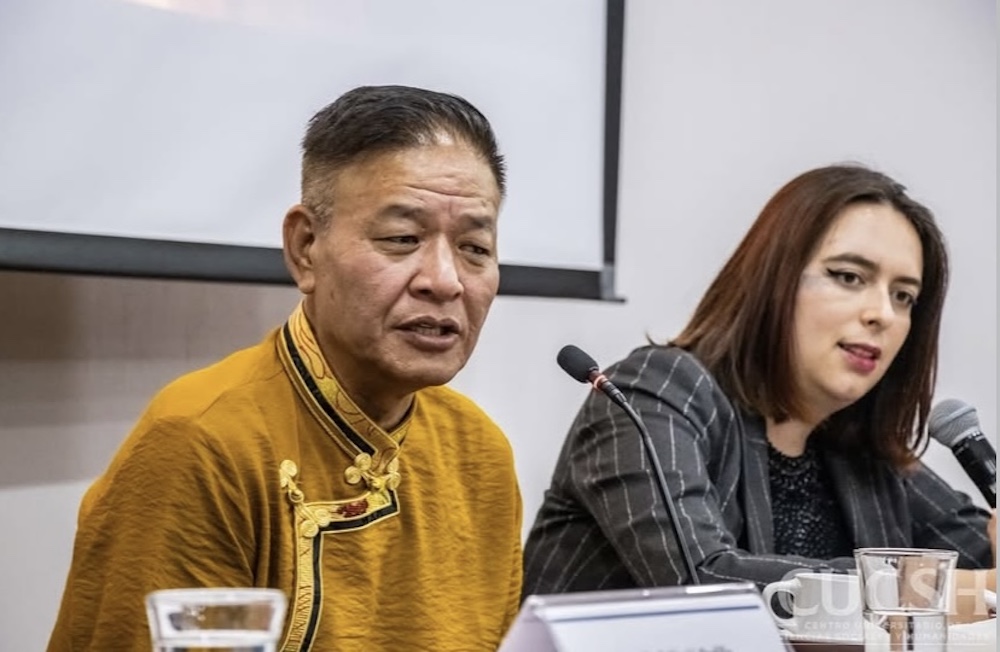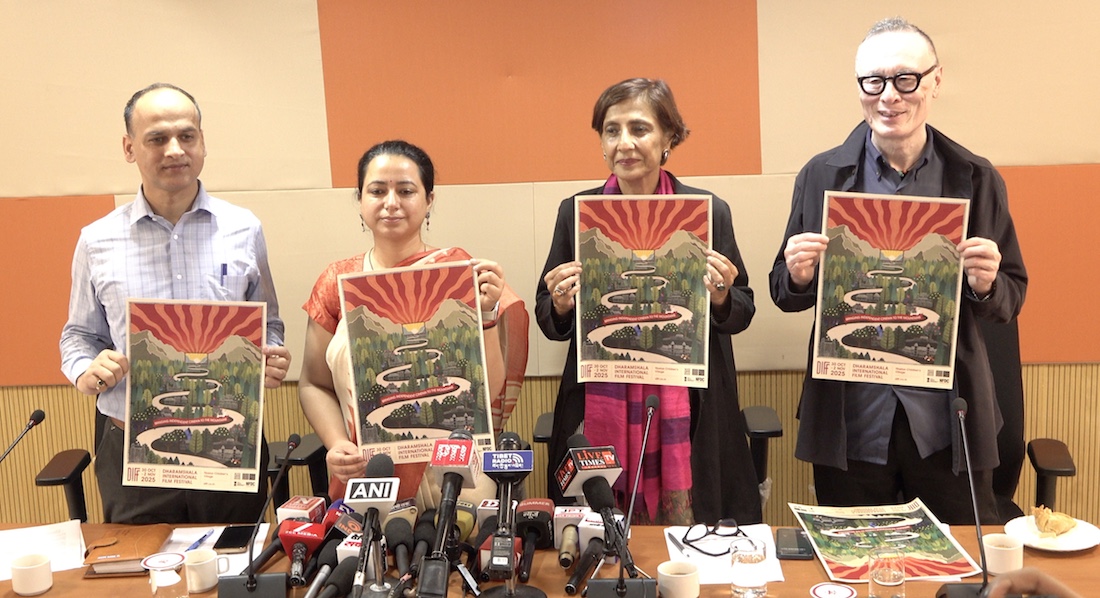By Cynthia Reynaud
Of The Gazette Staff
Scaling the 12,807-foot-high Granite Peak is no new feat for Steve Gardiner.
The Senior High English teacher has perched atop the highest point in Montana twice before.
But standing at the foot of the mountain Monday, Gardiner had two new focuses: raising awareness about Tibet and making sure he didn’t end up at the top alone.
Gardiner, along with John Jancik of Denver and David Baker of East Moline, Ill., is part of a project called 50 for Tibet, dedicated to climbing to the highest points in each of the 50 states to raise awareness and money for the betterment of Tibet.
The three men are part of a five-person team that calls itself Team Highpoint. Granite Peak marked the 47th high point they visited since the project began in June 2006.
And if the three made it to the top of this peak together, it would mean so much more.
The 50 For Tibet project was conceived by Jancik and his wife, Terri Baker, in October 2005 as a way to carry out the mission of their friends and fellow climbers, Galen and Barbara Rowell.
Before their passing in 2002, the Rowells had spent years educating people of about the cultural and religious persecution the Tibetan people have endured since the Chinese occupation of Tibet in the 1950s.
The Janciks hoped to turn the high-point project into a volunteer effort to raise money for the Rowell Fund for Tibet, developed by the International Campaign for Tibet to encourage and support the work of Tibet by providing small grants to Tibetans in the language and visual arts.
The couple recruited their son, David Baker, his wife, Jennifer Pauley, and friend, Steve Gardiner, to join the team. On June 16, 2006, Team Highpoint scaled its first peak, Mount Whitney in California.
As of this month, the 50 for Tibet project has raised more than $100,000 for Tibet. The money comes from corporations and private donors from around the world.
None of the money pays for Team Highpoint’s expenses. The members pay their own way with support from Jancik’s company, ECHO Geophysical Corporation.
As Jancik stood at the bottom of Granite Peak, he had one thought: “For once, I’d like to walk away from this mountain with a feeling of success.”
The mountain was no stranger to Jancik. His first encounter had been in 1977. It was this peak – considered by many to be the second-hardest of the country’s high points – that introduced him to the world of the high country.
But he didn’t reach the summit that time, or on the three attempts after.
Jancik looked up the trail and hoped this time would be different.
And he wasn’t the only one. Gardiner couldn’t wait to share this moment with his friend with whom he had scaled peaks around the world.
“For 12 years I’ve known John and I’ve known this story,” Gardiner said. “I couldn’t wait to finish this whole story and see John on top.”
Jancik focused on every step he took, watching as the peak looming above them grew closer.
The trio trudged up unmarked trails, past lakes and over boulders.
With every step, the climb got more intense.
Two days passed. When Jancik woke up early Wednesday morning, he knew the time had come.
“I had one more shot at trying to do this mountain,” Jancik said.
Jancik and Gardiner set out for the peak as the sun rose, leaving Baker at the camp “to defend it from marmots and goats.”
At 11 a.m. the two men came to a halt.
Jancik was standing at the top of Montana.
Climbing across America
Not all the members of Team Highpoint are able to go on every climb.
Of the five, only Jancik has made it to all 47 peaks. For the others, it can be tough to juggle their home and work lives with the project.
Granite Peak was probably Gardiner’s last point, making his total 24. He expects that school will prevent him from making the other three trips.
“It’s quite a marathon,” Jancik said. “Each time it’s another plane, another trip, another rental car. … It’s a lot of time out of your life.”
The plan was to finish the 50 peaks within a year, but work and weather have set them a few months behind schedule.
Jancik and Baker hope to reach Wyoming and Arkansas by mid-September to bring the team total to 49. The last state on the list, Alaska, will have to wait until May 2008 when the weather is adequate to scale Mount McKinley, the highest peak in North America.
Although not all the team members made it, a few items have gone to all 47 states.
A copy of the book “Mountains of the Middle Kingdom” signed by the author, Galen Rowell, is now filled with the signatures of hundreds of others who have been at the high points at the same time as the team. Team members also carry with them two flags: one for America and the other for 50 For Tibet.
Each high point has been a unique experience, the men said.
Some are in the middle of a city – the high point of Delaware is located in a subdivision. Some haven’t even been that high – Indiana’s is in a corn field.
“I had to sometimes remind myself, it’s not a climbing trip, it’s a high-pointing trip,” Gardiner said.
The most memorable moment for the men, though, was not on top of a mountain, but at a hotel in Denver. It was there they shook the hand of Tibet’s religious leader, the Dalai Lama.
“As he left, he said, ‘The culture I knew as a little boy is dying.’ Hearing that made our efforts even more worthwhile,” Baker said.
Occasionally, the crew runs into someone who has heard of the program – the team has made it a point to leave brochures at each of their stops. Sometimes those people make a donation to the fund.
But the main goal of the effort is just to educate.
“Even if we’re only able to get a few people to take interest (in Tibet), that’s enough,” Baker said.









